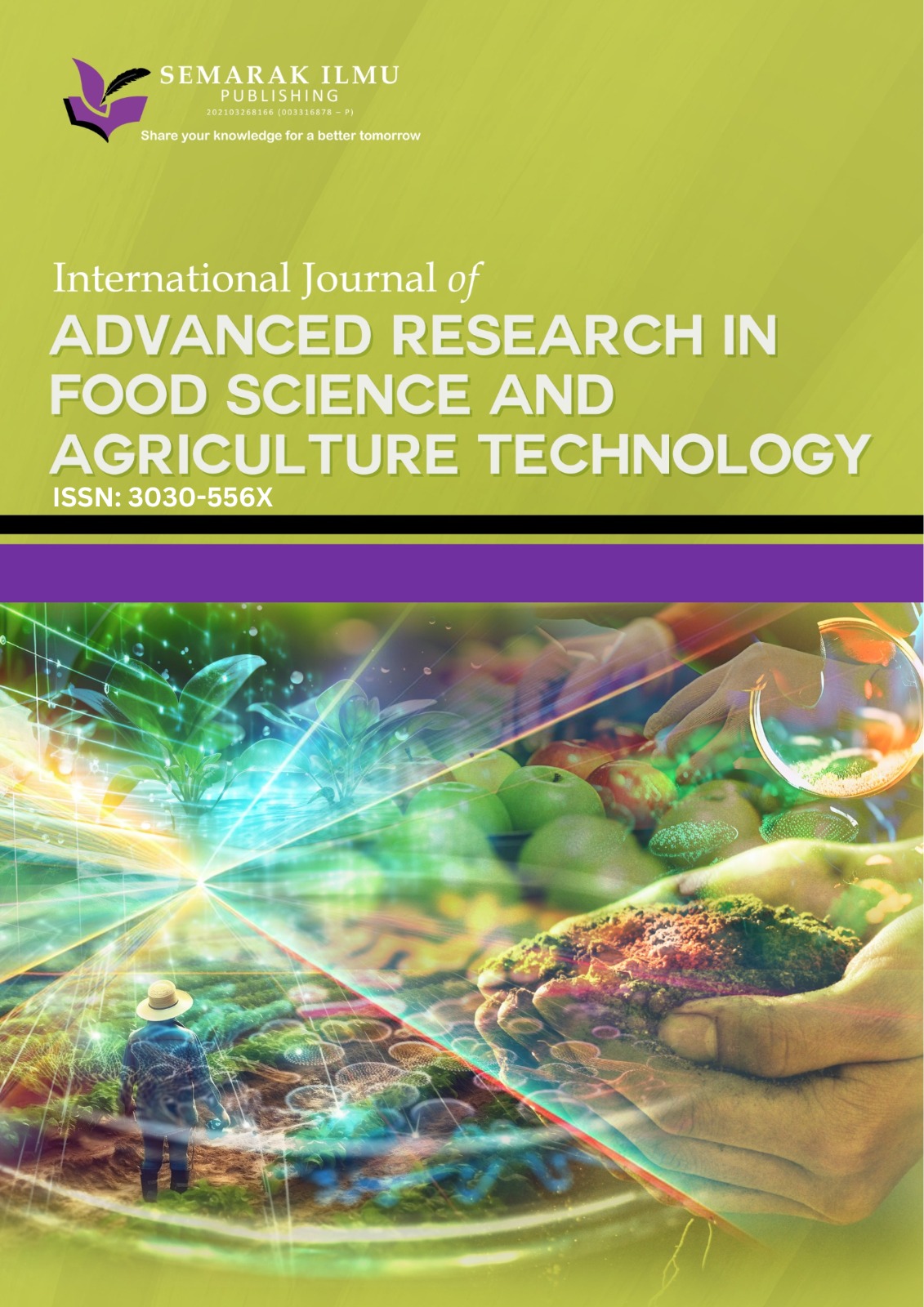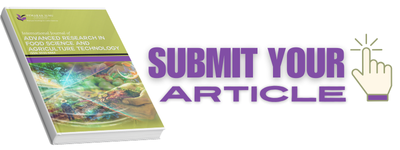Synergistic Effect of Different Amounts of Selenomethionine and Encapsulation of Vitamin E and Its Influence in Controlling Vitamin E Release
DOI:
https://doi.org/10.37934/fsat.3.1.2441Keywords:
Vitamin E, selenomethionine, solubility, encapsulationAbstract
The series homologues of tocopherols and tocotrienols that make up vitamin E vary in terms of methyl group location and number of bonds. The body uses vitamin E for several purposes. Unfortunately, vitamin E is unstable and will degrade quickly in water, absorb less readily and have a poor level of bioavailability when exposed to heat, light or air. Selenomethionine, the typical essential trace element form of selenium (Se) produced from animal products, has therefore been added to this study. Freeze-dried technique was used to prepare encapsulation of vitamin E with different amounts of selenomethionine. The effect of different amount of selenomethionine on physicochemical properties and vitamin E release were investigated. The results reveal that when the amount of selenomethionine injected increases, the solubility of vitamin E increases, but the influence on particle size decreases. As a result, the particle dispersion followed the same patterns. After integrating selenomethionine, the encapsulation's zeta potential remains stable. The results of FT-IR and TEM research corroborate this. After adding different amounts of selenomethionine to the surface particles, the surface of the encapsulation was smooth with periforous structure, indicating that the air bubble created after freeze-drying process was impacted by the addition of selenomethionine to the surface particles. Furthermore, the release analysis reveals that the formulation with 0.03 % selenomethionine enhances vitamin E release in simulated intestinal fluid (SIF) better than in simulated gastric fluid (SGF) model, which is consistent with a prior study. It was concluded that adding varying amounts of selenomethionine varied the encapsulation and vitamin E release characteristics. In conclusion, the formulation with 0.03 % selenomethionine is consistent in terms of encapsulation stability and release performance.










